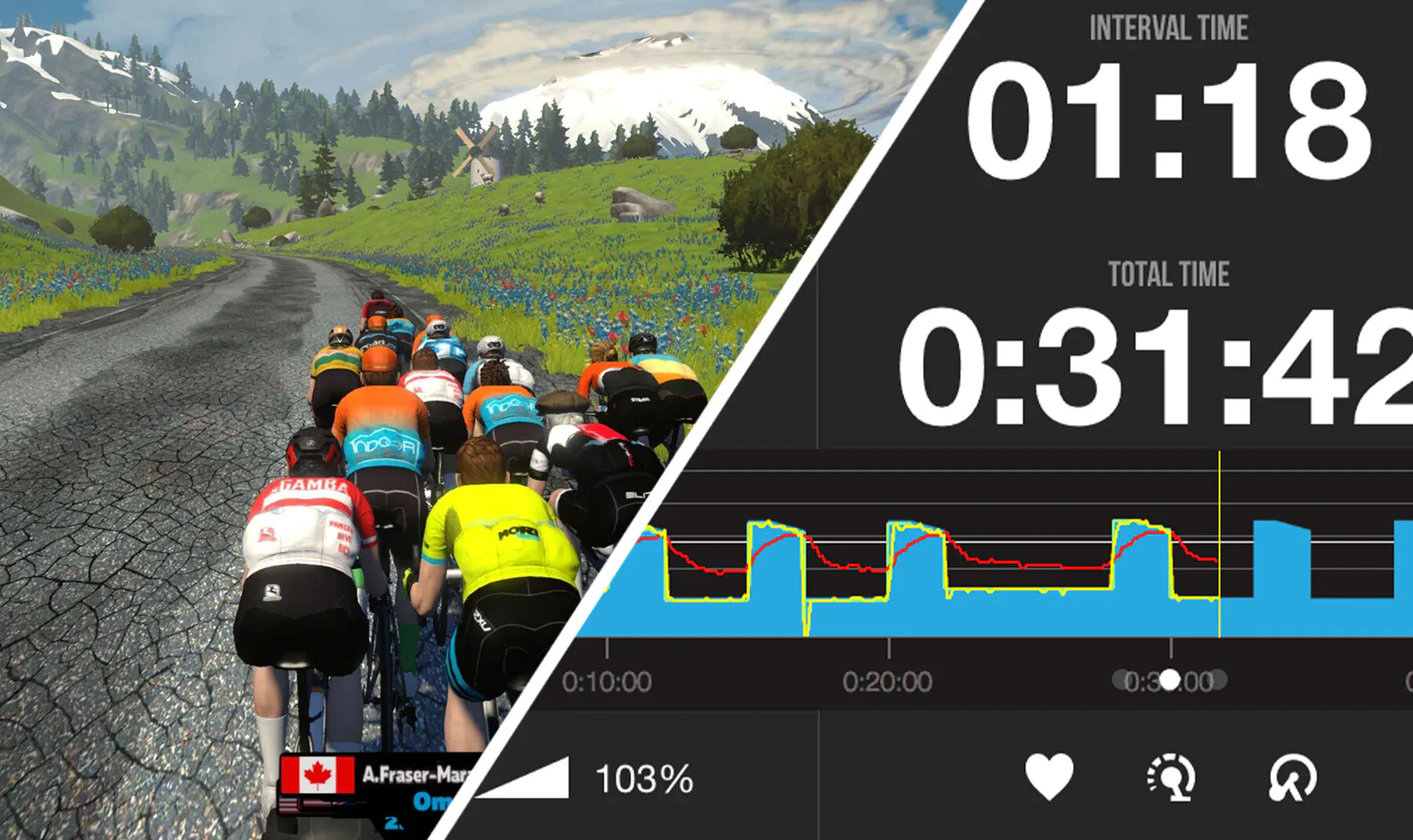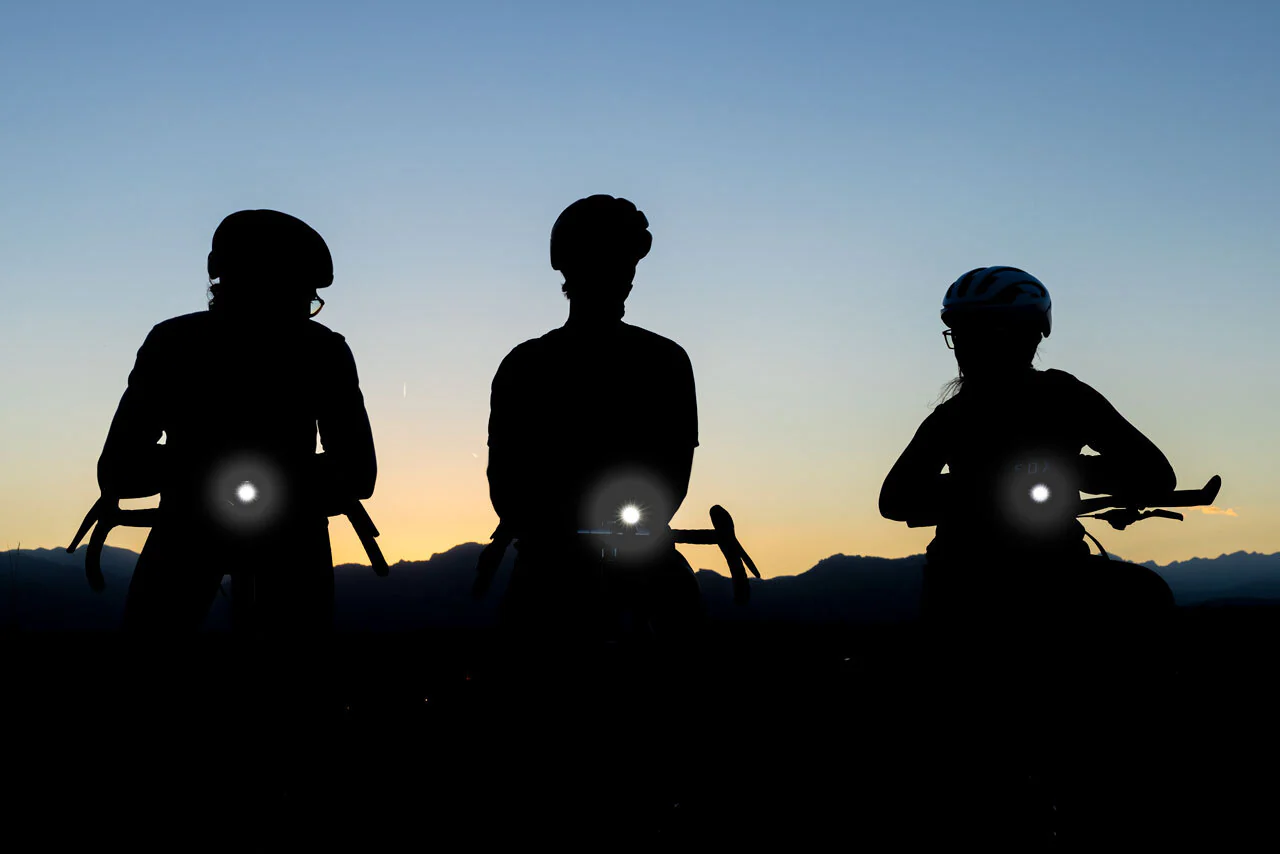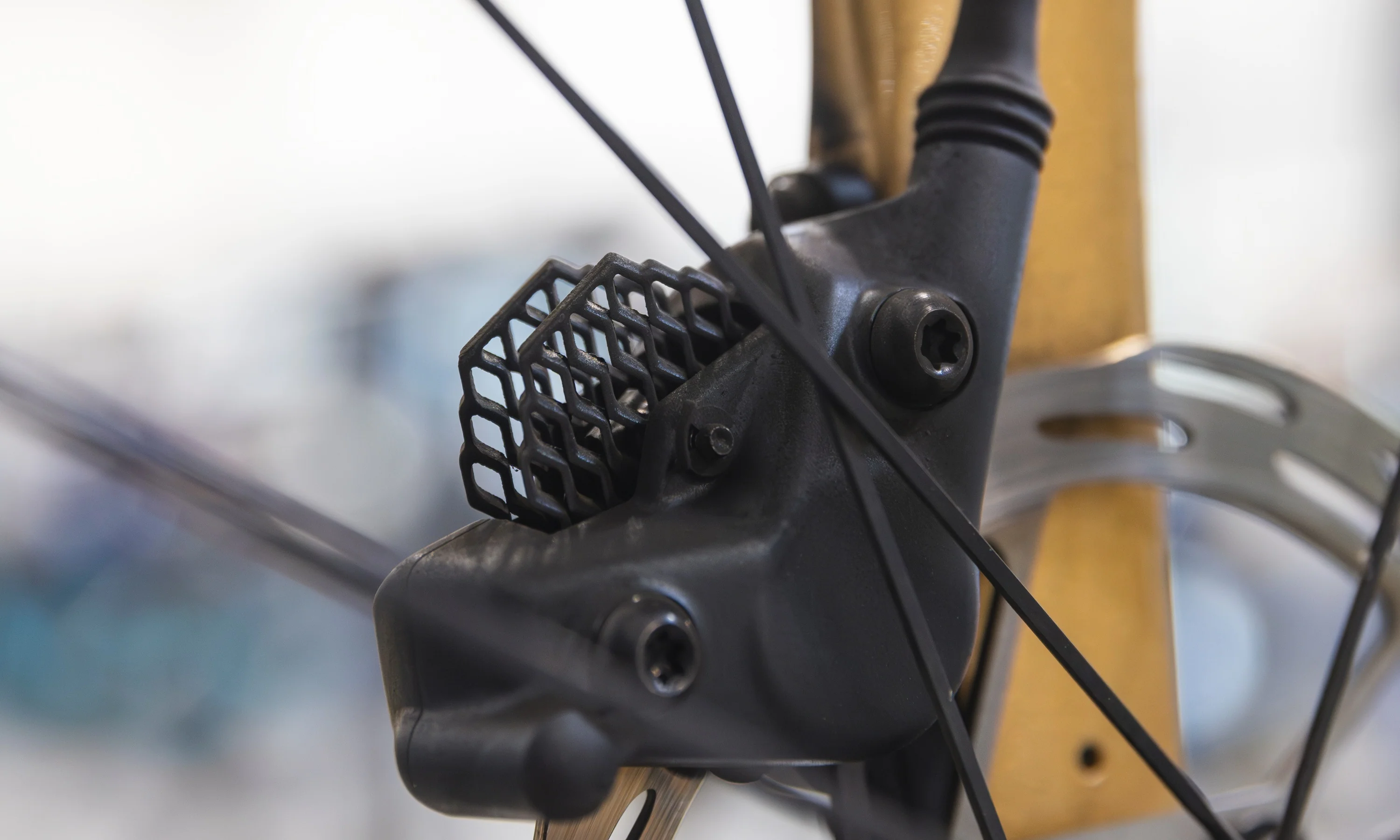Photo courtesy Juliana Bicycles
In a nutshell, an enduro mountain bike is designed for descending as fast as humanly possible on steep, rough, and rowdy trails, without sacrificing the climbing efficiency needed to pedal back uphill. These long-travel bikes (150-180mm of travel) are burlier than a "regular" trail bike with take-a-kicking-and-keep-on-ticking parts, and long and slack geometry designed to rip on the downhills before mountain-goating you up to the next stage.
Wait, the next stage? Yes, because enduro is more than a bike genre. The name actually comes from the enduro racing format. Whether you’re racing or just hitting the bike park with your crew, enduro bikes need to survive years of hard riding. Let’s dive into the fast and furious world of Enduro.
[button]SHOP ENDURO MOUNTAIN BIKES[/button] | [button]SHOP ALL MOUNTAIN BIKES[/button]
What is enduro racing?
Apart from being a whole lot of fun, enduro is a multi-stage racing format comprised of timed downhill runs throughout the course of the event. A race can be one day or multiple days, with anywhere between three to six stages per day. Between each stage is a untimed transfer (though there are usually time cutoffs so you can't be late to the next stage). These transfers are typically climbs, which is why you need a bike that can both descend hard and climb efficiently.
The appeal for many lies in the challenge of staying fast and consistent from start to finish. Unlike downhill racing where you only get a single race run, enduro provides more opportunities to compete. Since there are multiple stages, you get more riding time. And since there are transfers mixed in, you need some fitness to make it to the finish. At the end, you get to see how your total time and individual stage times stack up against everyone else’s, pros and amateurs alike. Gone is the worry of a course choked with riders. Usually, each rider starts 30 seconds apart, so if you do get passed or need to pass, it’s a mano a mano situation. Not quite XC, not quite downhill — that’s Enduro racing.
[newsletter]
What is the difference between all-mountain and enduro bikes?
In truth, there’s not a whole lot of difference between the two, and both names essentially describe the same type of bike. Basically, think of an Enduro bike as being any long-travel mountain bike that’s not a dedicated downhill bike and you’ve got it. In recent years, "all-mountain" has become the less common term and "enduro" has taken over.
What is the difference between a trail bike and an enduro bike?
Enduro bikes generally have more suspension travel and slacker, longer, and lower geometry, compared to a trail bike. The slacker head tube angle helps with confidence while descending steep and gnarly terrain, and longer reach plus a lower BB goes a long way in helping with stability. Trail bikes typically have a geometry that falls somewhere between an enduro and an XC bike, so are more suited for a rider wants to do a little bit of everything.
Because enduro bikes are designed to hit rougher, steeper downhills, the frame is built heavier and tougher, and the bike may feature more heavy-duty components (like beefier wheels and tires) to handle the extra abuse.
[button]SHOP ENDURO MOUNTAIN BIKES[/button] | [button]SHOP ALL MOUNTAIN BIKES[/button]

Photo courtesy Santa Cruz Bicycles
What should I look for in an enduro bike?
To tackle the kinds of terrain enduro riders face, the top things to consider are:
Frame
Welcome to the well-worn carbon vs. aluminum face-off. Both materials have pros and cons, so weigh them accordingly (and yes, weight is one of those considerations, but with enduro, it’s not paramount). Carbon is lighter and extremely tough. But it may may not be as robust as aluminum when you have a bad crash. Price, durability, and weight are important, with personal aesthetics the final piece in your choice puzzle. And remember, aluminum might be tougher, but carbon can be repaired, while aluminum cannot.
Carbon enduro MTB frames
- Lighter, more nimble
- More expensive
- Prone to impact damage during bad crashes
Aluminum enduro MTB frames
- Small to medium impact damage less of a concern
- Heavier
- More affordable
[button]SHOP MOUNTAIN BIKE FRAMES[/button]
Dropper Post
If there’s one ‘must have’ for your new Enduro race rig, it’s a dropper post. On steep and technical descents, you can hit the lever and instantly drop your saddle out of the way. Jumps, drops, steep sections, and everything else are way easier when you have room to move your body around the bike. When the downhill's done, simply pop the dropper back up for pedaling efficiency on your climb out to the next stage. All modern Enduro bikes will have a dropper post. The more drop the better.
Suspension
Enduro bikes are long-travel mountain bikes, meaning that they have more suspension than a typical trail bike, usually between 150-180mm of travel. Things come at you fast during an Enduro run, so being able to maintain speed with a wider margin of error can be the difference between making it through the rough stuff or going over the bars and lawn-darting your way into infamy. Read more: Plush mountain bike suspension… What’s that really mean?
Forks
Enduro is all about rough trails, and the right fork can tame that chop. You’re looking for a fork that absorbs the bumps with controlled damping, so your hands won’t get as fatigued from the constant beating. The best forks have supple top-end travel while still being supportive when you smash big holes or land flat off of a drop-off. Additionally, you’ll want a stiff fork for predictable steering, such as a Fox 36, Fox 38, RockShox Lyrik, or RockShox Zeb. And finally, you’ll want a fork that offers several damping adjustments — rebound and low-speed compression at minimum — so you can tune it to suit your weight, style, abilities, and terrain. Read more: MTB fork quick reference guide.
[button]SHOP ALL SUSPENSION FORKS[/button]
Rear Shock
The rear shock has three things on its mind — traction, control, and comfort. Rear shocks will either be a coil shock or air shock. Generally speaking, coil shocks perform better on the downhills, tackling small bumps with ease and providing you with more traction. Plus, they aren’t prone to fade on long descents, like an air shock. The downside though, is that coil shocks can be harder and more expensive to set up for your weight because you'll need to buy and swap the coil spring. Air shocks are much more adjustable with just a shock pump and you can easily set them up on the fly to suit different riders and courses. They're also lighter and can be more efficient on climbs. You'll need to weigh the benefits of each. Read more: Coil vs. Air Shocks: Which is best for your mountain bike?
[button]SHOP REAR SHOCKS[/button]
Brakes
Since you ride more aggressively, you want brakes that deliver the goods in terms of stopping power, can take the heat of long downhill runs or sustained braking and have good lever feel and modulation. They should be set-up in the perfect position for one-finger braking. The ideal enduro bike brake will provide a nuanced balance of power and modulation.
Drivetrain and gearing
Enduro terrain serves up steep descents followed by pedally and sometimes steep uphills, so you’ll want a wide gear selection to handle everything. SRAM’s 10-50T or 10-52T Eagle or Shimano's 10-51T 12-speed cassettes are usually the ideal choice for tackling steep climbs on a big and beefy enduro rig. As an aside, a chain guide can be very useful when you’re ripping those gnarly downhills. For most riders, opting for smaller chainrings is better for tackling tough climbs.
[button]SHOP ENDURO MOUNTAIN BIKES[/button] | [button]SHOP ALL MOUNTAIN BIKES[/button]
27.5" vs 29" for Enduro: What's the best wheel size?
Wheels can be a controversial subject, but options for wheel size for enduro mountain bikes are the usual suspects — 29” and 27.5” (also known as 650b). The current wheel-size de jour in Enduro is 29”, since they provide extra stability and can roll over pretty much anything. Nearly every pro rider is now racing on 29" wheels, and many competitive amateurs have followed suit. Some riders still prefer 27.5" wheels for the increased agility and playfulness, and they definitely still have a place in mountain biking. Read more: Wheel Talk: 27.5" vs 29" Wheels.
But… One recent development, particularly in more gravity-fed disciplines like Downhill and Enduro, is the rise of mullet bikes, with a 29” wheel in the front (business and stability) and a 27.5” in the back (party and agility). If you're unsure or want the best of both worlds, this may be a great solution. Read more: Are mullet mountain bikes any good?

Do I need to run tubeless tires?
Running a tubeless tire setup on your enduro race rig is a must. Not only will you save weight and potential race-run puncture headaches thanks to the self-sealing nature of tubeless, but you can also run a lower tire pressure for a more grippy ride and greater comfort. Simply put, tubeless gives you one less thing to worry about. If you want maximum wheel and tire protection, consider using tire inserts too.
[button]SHOP TUBELESS MTB TIRES[/button]
Can non-professionals ride enduro courses?
One hundred percent yes, you can, and you will! Weekend warriors and would-be singletrack slayers find enduro to be a very approachable entry to racing. Even if there is a pro division at your chosen enduro event, everyone races the same course. At the end of that day, you can see how your time stacks up against absolutely everyone else’s, and that’s kinda neat.
Conclusion
Enduro bikes are for the bold, the brave, and the need-for-speeders. If your favorite flavor of riding is hitting downhill as fast as possible, whether that’s racing against a clock or just your crew at home before pedaling up to find the next downhill to pin it back down, congratulations: You’ve found your new whip.
[button]SHOP ENDURO MOUNTAIN BIKES[/button] | [button]SHOP ALL MOUNTAIN BIKES[/button]

























